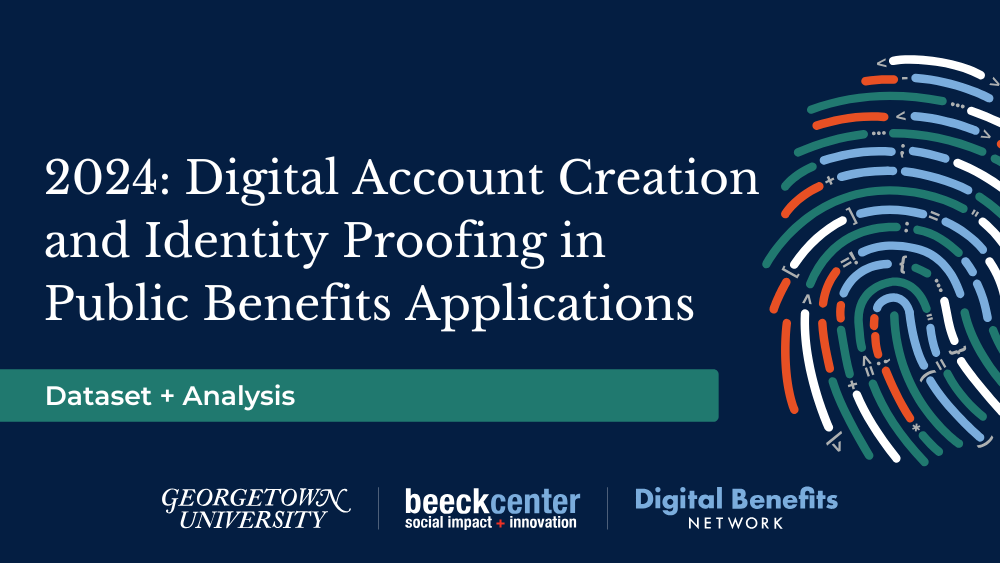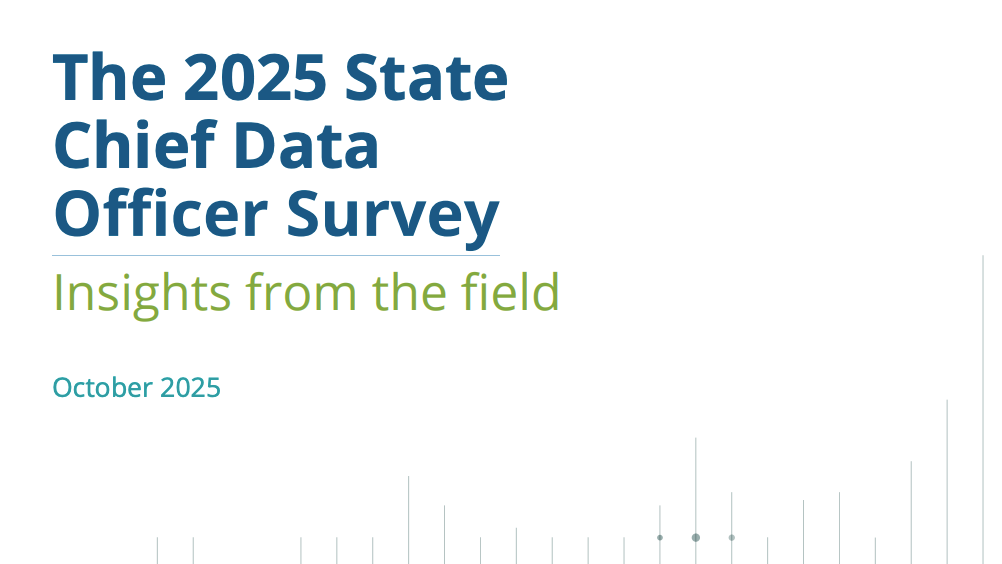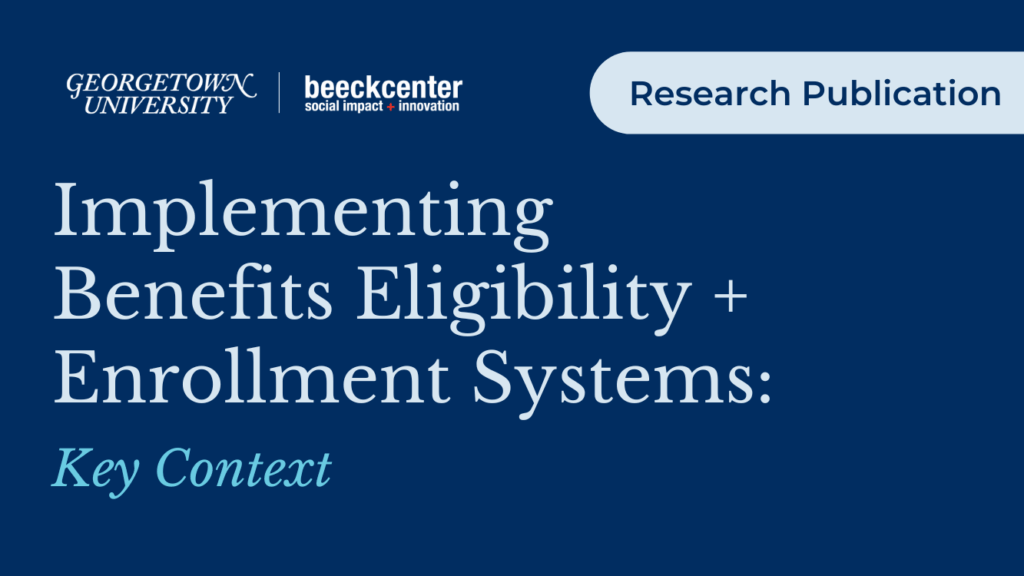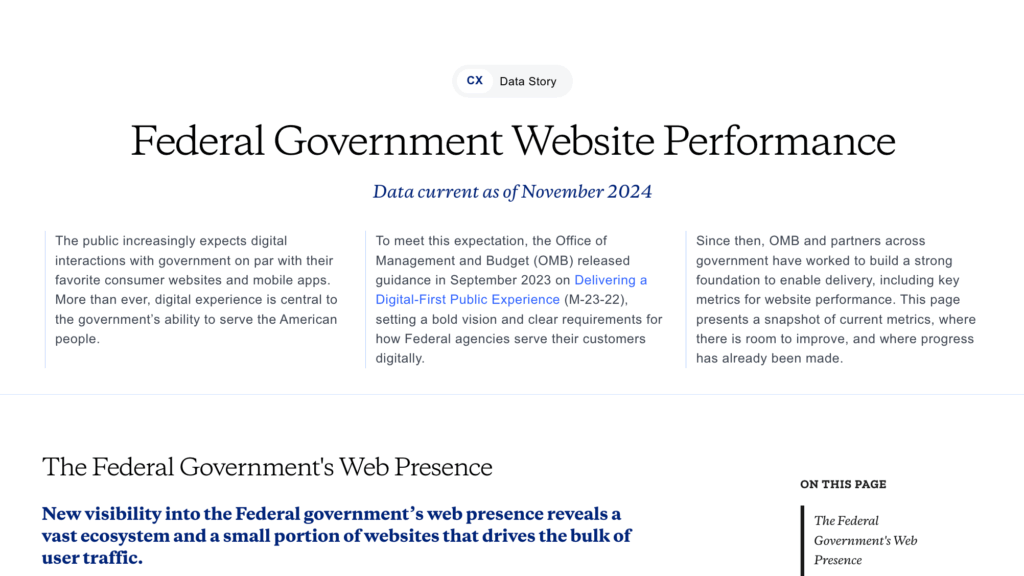2024 Edition: Account Creation and Identity Proofing in Online UI Applications
In December 2024, the Digital Benefits Network published an updated, open dataset documenting authentication and identity proofing requirements across online SNAP, WIC, TANF, Medicaid, child care (CCAP) applications, and unemployment insurance applications. This page includes data and observations about account creation and identity proofing steps specifically for online applications that include UI.


This publication is part of the 2024 Edition: Account Creation and Identity Proofing in Online Public Benefits Applications project.
On this page, we share data and observations about account creation, authentication, and identity proofing steps for online unemployment insurance applications.
The DBN has been researching digital identity for the past two years, and our interest in this topic is based on our belief that all applicants deserve application processes that help them receive essential, life-saving benefits in a timely, dignified way. The way state agencies structure online account creation processes and requirements for applicants and beneficiaries to prove who they are may impact whether and how quickly individuals can apply for and start receiving benefits. We believe that successful identity management for public benefits requires risk-based, human-centered evaluation of when identity proofing and authentication are necessary, thoughtful selection of methods, and integration of identity management into overall service design.
The dataset and details below demonstrate our current understanding of online authentication and identity proofing requirements and practices for this benefit program. You can also view the Digital Benefits Network’s data on account creation and identity proofing practices across core benefits programs.
High-level Findings
Note: During our data collection, Vermont’s online application for initial unemployment insurance claims appeared to be unavailable. However, we still included details related to that application in our dataset based on the understanding that it would normally be accessible online.
Account Requirements
Almost all UI applications require users to sign in with an account when applying.
- 49 labor agencies required UI claimants to create an account or sign-in to submit an application.
- 41 applications required users to provide an email to create an account.
- At least 42 agency portals had some additional account security measures in place (e.g., security questions, code via email, and code via SMS). While most offered more than one authentication option, applications that only offered one method typically relied just on security questions.
- 11 agencies use a state-wide single sign-on (SSO) as the login for unemployment portals. Six additional agencies used a federated approach in which users accessed the portal using existing credentials from other providers such as Google, Facebook, and ID.me.
Identity Proofing Requirements
Similar to what we found in 2023, most agencies still require UI claimants to undergo some sort of active identity proofing processes.
- We found evidence that 31 agencies required UI claimants to actively prove their identities at some point before, during, or following the claims filing process.
- Of the 31 agencies that require identity proofing, 14 prompt UI claimants to complete identity proofing actions before they can initiate an application and seven incorporate identity proofing during the application process. Nine states require identity proofing actions after application submission. For three agencies that seemed to require active identity proofing actions, it was unclear when identity proofing would take place.
- For 16 agencies, it was unclear whether a program required identity proofing, or whether they required it for all UI claimants.
- Five other agencies appeared to require identity proofing only in some cases.
- Because our protocol used publicly available information and did not involve filling out UI applications, we could not see whether a claimant who is unable to successfully verify their identity is given an option to proceed with the application and verify their identity later in the process. Thus, the data on UI applications documents where an identity proofing prompt or requirement appears in an application; we cannot necessarily account for what happens when that process fails.
This map shows active identity proofing requirements for online unemployment insurance applications across states and other entities. The color-coding on this map details whether applicants are required to take active steps to prove their identities as part of an online application process. If you hover over an individual state on the map, you can also see what identity proofing methods are being used if applicable or known, when during the application process identity proofing is used, and what benefits programs are included on the application.
Identity Proofing Vendors
Many agencies are still using ID.me for identity proofing in UI, although more states are now using Login.gov and USPS for identity proofing.
- As of January 2025, ID.me lists 14 states as clients. In our research, we found 23 agencies that publicly named ID.me as their identity proofing vendor.
- We found evidence that one state agency (Rhode Island) uses LexisNexis Risk Solutions for knowledge-based verification (KBV).
- In addition to Illinois and Oklahoma, which continue to use state-specific identity verification tools, we found information from seven states (Arkansas, Hawaii, Massachusetts, New Hampshire, Utah, West Virginia, Wisconsin) that utilize Login.gov to facilitate online identity proofing.
- Finally, 12 agencies, including all seven that utilize Login.gov, publicly noted that in-person identity verification at a USPS location was an option for their application.
Identity Proofing Methods
While most agencies are still relying on biometrics (asking users to upload identity documentation and video/live selfies), there has been a significant increase in the number of in-person verification options and the ability to choose an identity proofing pathway.
- The most common identity proofing method was uploading identity documents paired with a video/live selfie, which was used by 24 agencies.
- Only 7 agencies used knowledge based verification (KBV) as an identity proofing method.
- 17 agencies now allow claimants to present identity documentation in person. Of these 17, two applications (Ohio and Utah) permit mailing in or faxing identity documentation. In addition, eight agencies allow applicants to present identity documentation in person at a kiosk. Unlike the mail-in/fax option, there is little overlap with agencies that administer in-person submission without a kiosk; only two states (Iowa and New Jersey) have both options.
- Explicit choice in identity proofing methods has become much more widespread, as 20 agencies now appear to offer claimants the ability to select their identity proofing pathway.
Personally Identifiable Information (PII) Requested
As was the case in 2023, Social Security numbers (SSNs) are always required when submitting a UI application online. Some applications also request or require that claimants enter a driver’s license number or state ID number.
- We are also interested in what types of PII users are required or asked to submit during an application process, separate from any requirements or prompts to upload identity documents. Claimants must provide a SSN to receive unemployment insurance compensation based on section 1137(a)(1) of the Social Security Act). While we were not able to fill out UI applications, we did observe evidence or indications that in practice an SSN is a required field to submit online.
- 21 UI applications seem to require claimants to provide a driver’s license number or state ID number. 13 agencies may request that claimants provide a driver’s license number or state ID without requiring it. A driver’s license number or state ID was not required for the applications of 17 agencies. The potential requirement was unclear for two agencies.
Dataset
Account Creation and Identity Proofing in Online UI Applications
Gallery View: Account Creation and Identity Proofing in Online UI Applications
Questions?
As always, we’re eager for your feedback! Did we miss something when reviewing a state’s application? Do you have research questions you’d like us to try and answer using the information in this dataset? If so, email us at digID@georgetown.edu.
Data Collection: UI Applications
Between July 15 and August 27, our team reviewed publicly available information on unemployment insurance applications including agency websites, application portals, claimant guides, news coverage, vendor websites, and contracting repositories. For UI applications, a valid SSN is often required early in the claims process. Because some labor agencies appear to immediately check the validity of SSNs entered, we decided to not enter fabricated SSN information or other sample applicant data into these systems. In general, we also did not register for accounts with these portals; however, in some cases, UI applications use state single sign-ons that are used across multiple benefits applications, which let us access more information for a given UI application. We spent approximately 75 to 90 minutes reviewing each labor agency’s unemployment compensation application during initial data collection and quality checks. We have also used the Public Notes column in the dataset to document those complexities and open questions. Read more about our research process on this page.
Citations
Cite as: Elizabeth Bynum Sorrell, Ariel Kennan, Anvitha Reddy, Isabelle Granger, Miranda Xiong, Olivia Zhao, and Quinny Sanchez Lopez, “Account Creation and Identity Proofing in Online Unemployment Insurance (UI) Applications: 2024 Dataset + Analysis” Digital Benefits Network, March 1, 2025.
Data Licensing
We’ve invested in making great data that’s open to use under Creative Commons Attribution 4.0 International (CC BY 4.0).
Want to make your own project? Go for it!
You are free to:
- Share: Copy and redistribute the material in any medium or format
- Adapt: Remix, transform, and build upon the material for any purpose, even commercially.
We ask that you provide attribution—you must give appropriate credit, provide a link to the license, and indicate if changes were made.
Related Content
Summer of CX Webinar Series: Improving CX for Benefit Access
This webinar session discusses how to address customer experience challenges presented by digital identity in public benefit programs.
Ten Ways Customer Experience Can Improve Equitable Access and System Integrity for Unemployment Insurance
This publication shares ten ways states can improve start-to-finish customer experience for unemployment insurance claimants. These approaches can increase overall equitable access and system integrity for UI administration.
Project Snapshot: California Employment Development Department, User Personas for Government Technology Procurement
The California Employment Development Department (CA EDD) launched the EDDNext initiative to modernize benefit delivery, focusing on user-centric procurement for a new identity verification system.


